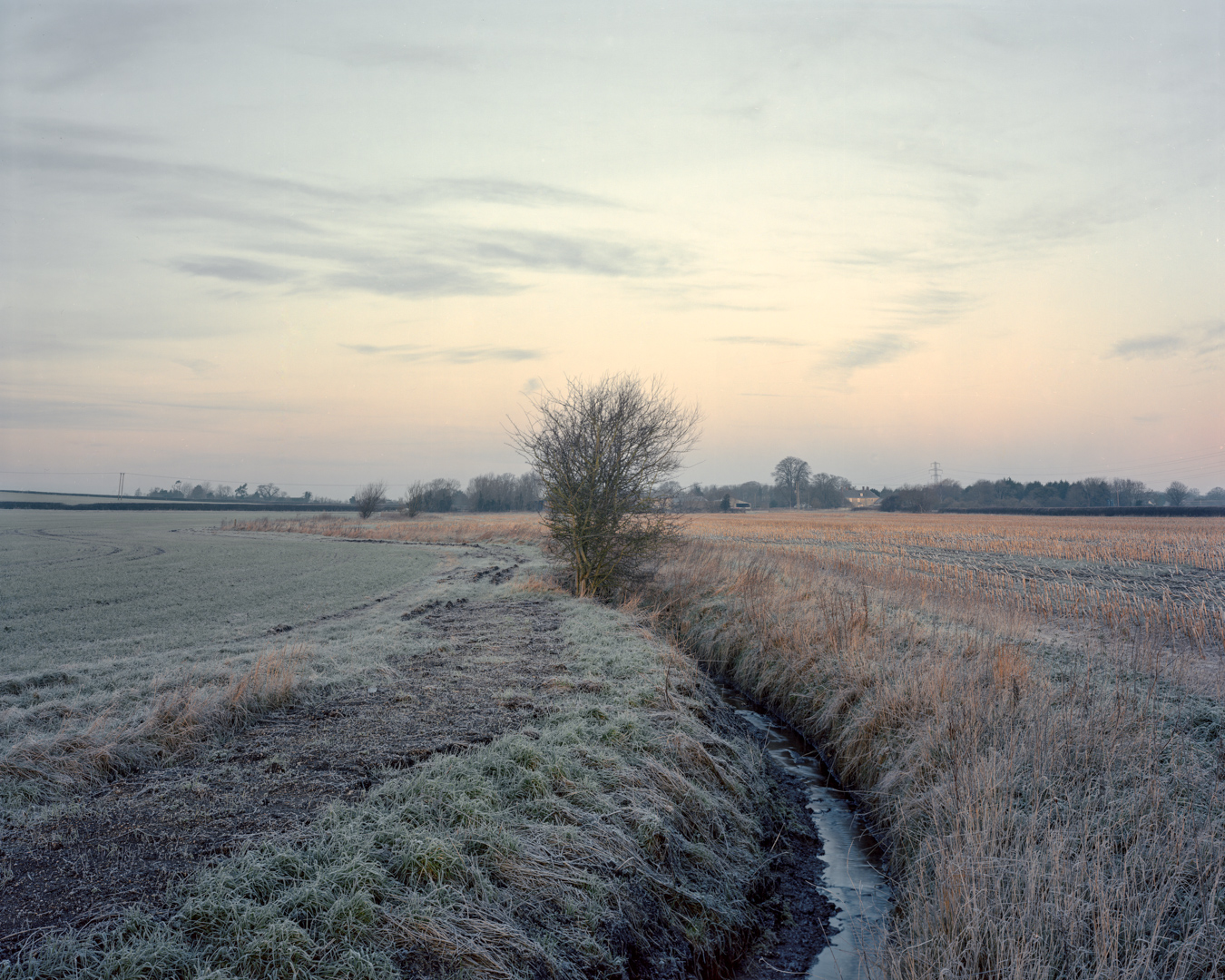A perambulation of the disafforestation of
BRAYDON FOREST – AD 1225
—————————————————————–
The Lost Forest Chronicles | Chapter II
“There is evidence that Braydon had become a royal forest by 1135. The forest law was certainly being enforced there in 1184–5, when Geoffrey the clerk was amerced at the Wiltshire forest eyre ‘for a purpresture in the vill of Minety in the fee of the Abbot of Malmesbury’. In 1189–90 the abbot had to pay ½ mark for a forest offence on his land at Brinkworth, and Purton was amerced for waste. Similar forest amercements were imposed in 1200–1 upon ‘the wealthier men of Cricklade’, and in 1209–10 upon the vills of Midgehall and ‘Eaton abbess’ (Water Eaton). The earliest reference to the royal forest as such is in a royal charter of 1197, which speaks of ‘the Forest of Minety’.” – Victoria County History – Wiltshire
“Aged only 9 at his accession in 1216, Henry III (1216-72) was induced by his baronial advisers to comply with Magna Carta and reduce the areas subject to Forest Law, doubtless in part because this benefitted his advisors personally, and perhaps also as a means of raising revenue for the exchequer.
In 1217, the Charter of the Forests ordered the disafforestation of all [previously afforested] areas except royal demesnes, and new bounds were drawn up for the Wiltshire forests in 1219; this charter was however revoked in 1224, and then reissued in 1225. The limits of the forest at these dates are not recorded, and the extent to which either the 1217 disafforestation or the 1224 revocation were actually acted upon is unclear: some of the Wiltshire woods disafforested in 1224. The perambulation for 1225 however, does survive and provides the earliest record of the legal extent of Braydon forest.
After the later afforestation of 1228, covered in chapter III, political and financial pressure in the early years of the reign of Edward I (1272-1307) arrangements were made for extensive disafforestations, and a perambulation prepared in 1279 returned Braydon Forest to its limits of 1225. This change, however, was not actually put into effect.” – Carenza Lewis: Braydon: a study of settlement in a parish-edge forest; Patterns of the Past by Christopher Taylor.
We should also note that these perambulations were, moreover, required in order to carry out special regulations regarding the sale of fallen timber after the great gale of 1222.
Note: The images for this chapter will be made available in due course.

